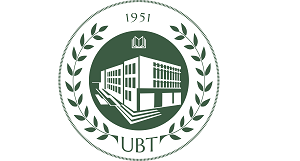|
OLORUNFEMI, O.D.1*, OGUNLADE, I.1, FAKAYODE, S. B.2, ADEKUNLE O. A.1,3 1Department of Agricultural Extension and Rural Development, University of Ilorin, Ilorin, Nigeria. Abstract This paper examines the sources used by resource poor maize farmers in search of agricultural information on Striga control methods in Kwara State, Nigeria. A well structured interview schedule was used to elicit information using random sampling technique from one hundred and sixty (160) maize farmers in Edu and Patigi Local Government Areas which are highly endemic to Striga infestation in the State. Four sources of information were found effective in disseminating and diffusing Striga control methods in the area which include neighbours and friends, government agencies (ADP), agricultural extension agents and farmers groups. Logistic regression model of determinants of poverty revealed that characteristics of households that were more likely to be impoverished include small household size; low farm income, few years of farming experience and those whom Striga have been on their farms for long thereby having high yield loss to Striga. The study recommends an urgent need for extension agencies to intensify the use of the effective sources of information for disseminating Striga control methods to the farmers and it highlighted policies to improve the livelihoods of the resource-poor maize farmers in the Striga affected areas of Kwara State, Nigeria.
|
